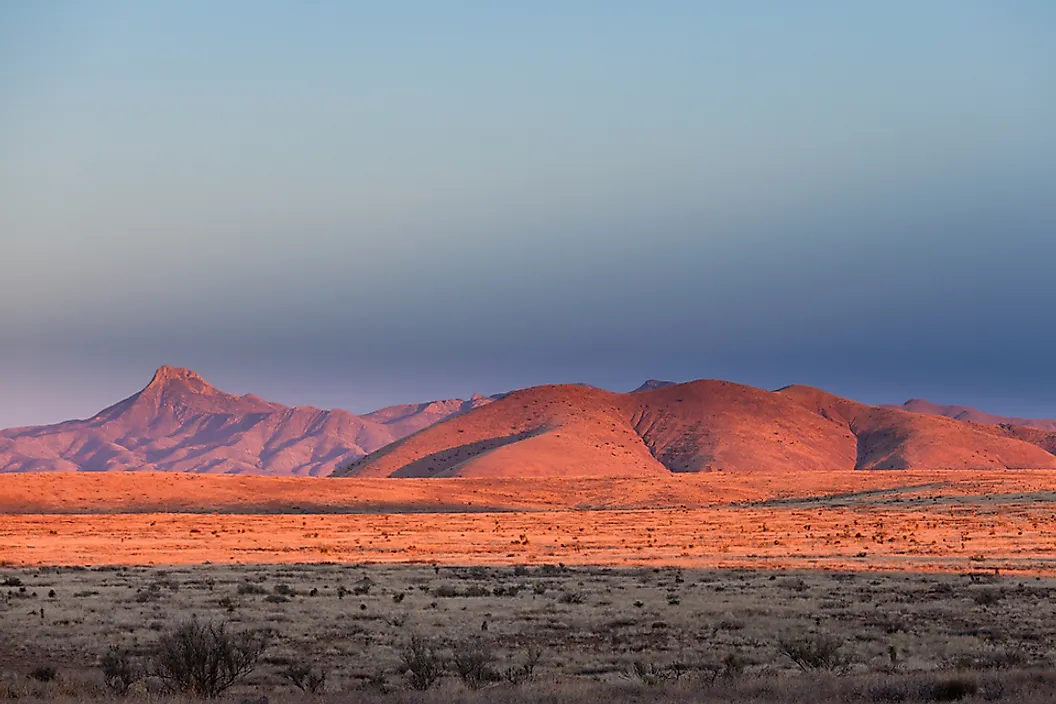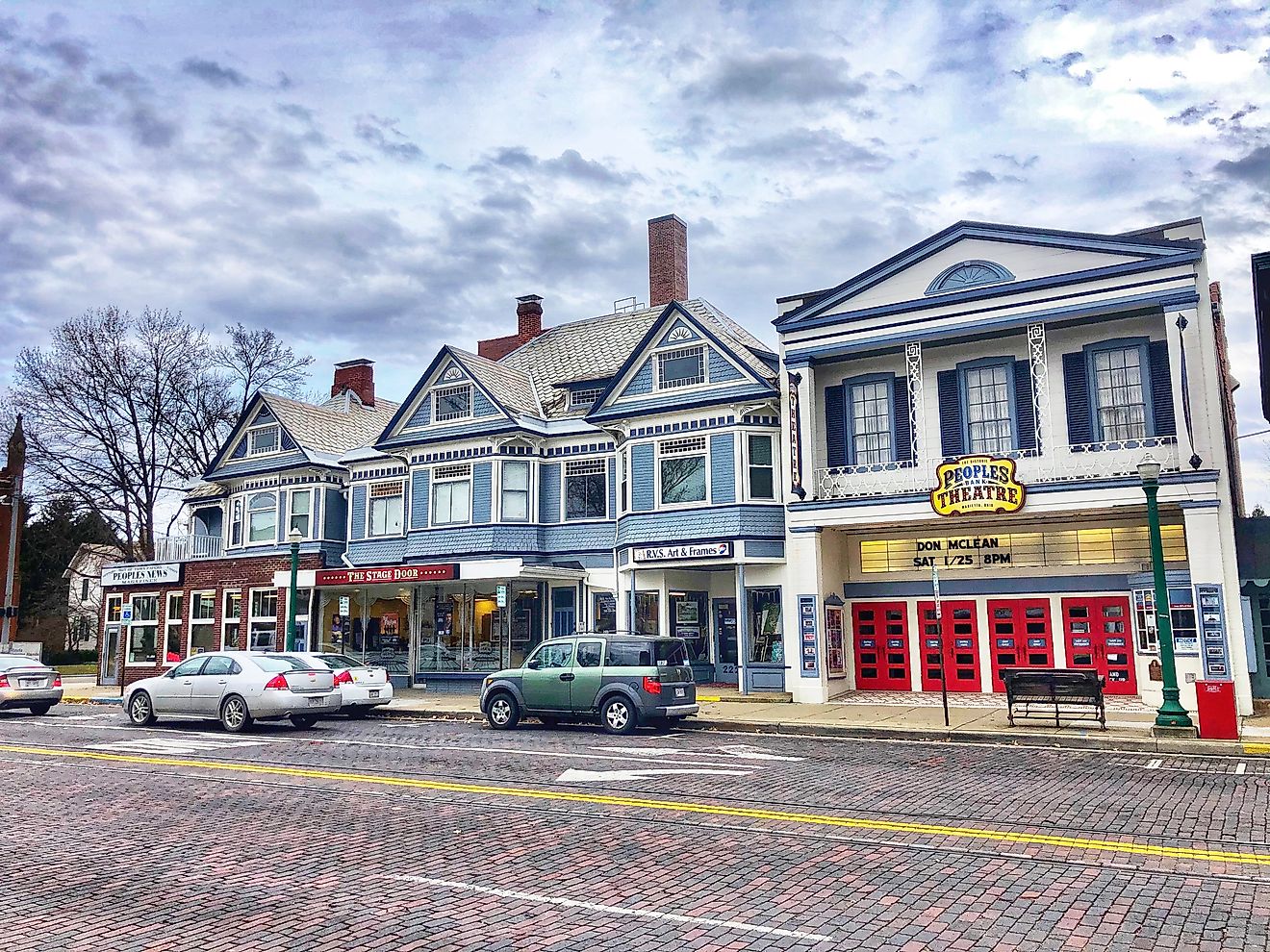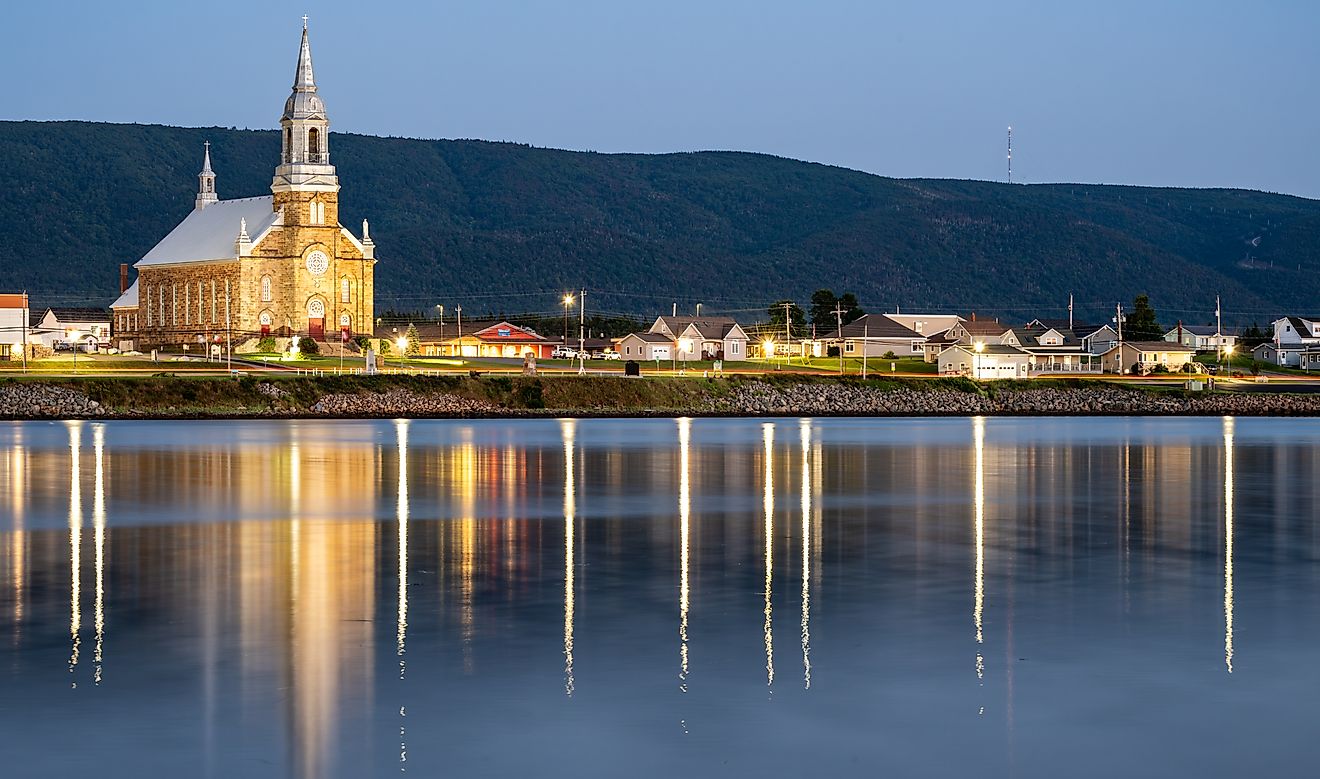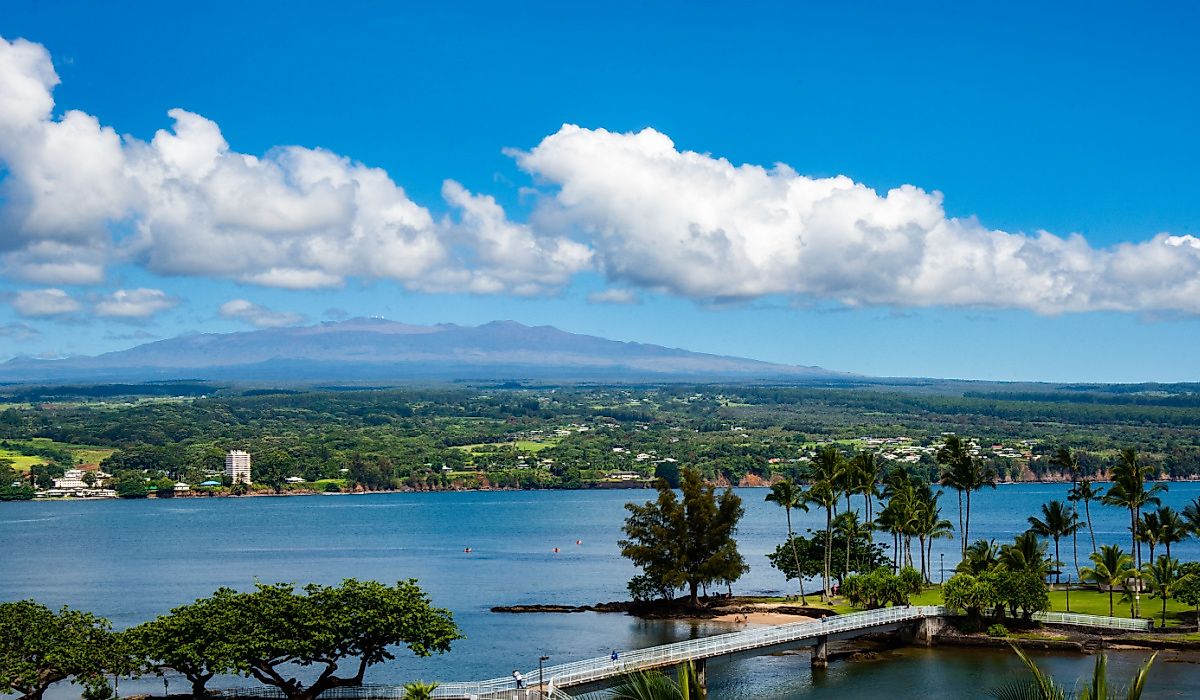Where Is the Pendejo Cave Located?

The Pendejo Cave is a geographical and archeological feature in southern New Mexico, USA. The cave is located on rough canyon land which is part of the U.S. Army Post Fort Bliss, 20 miles east of Orogrande in the southern New Mexico desert at coordinates of 32°25′N 105°55′W. It borders Sacramento and the mountain ranges of Guadalupe to the east and Organ to the west. The cave was discovered in 1978 by Archeologist Richard MacNeish, who claimed that human occupation of the cave dates back ten thousand years. It is believed the cave was home to the Clovis Culture, which is the oldest culture in America.
Description
The Pendejo Cave recesses into a 40 ft dense stratum of limestone atop the southern side of the secluded and rocky drainage of the Rough Canyon. It lies on an escarpment facing north, at about 160 ft above the canyon floor with an elevation of 4,890 ft facing the talus slope of the Chihuahua Desert. The cave's mouth is open to the north winds of winter and measures 15 ft in width and 25 ft in height. It elongates 40 ft deep and narrows to form a cone through the rough limestone ceiling, walls, and floor.
Flora and Fauna
During the excavation of the Pendejo Cave, faunal remains of the Pleistocene era were discovered. Scientists have been able to map the ice age era, including the climatic conditions, faunal and floral population by studying remains preserved in nests, caves, and watering holes. Animal remains show the population consisted of long-horned bisons, mumbled camels, mammoths, mastodons, horses, and giant ground sloths. At the same time, the annual average temperatures ranged between 5-10 degrees Fahrenheit, compared to today’s temperature of 50 degrees Fahrenheit. The low temperatures and high rainfall supported subalpine forests of fir and spruce. This vegetation has been replaced by desert vegetation, including acacia, prickly pears, hedgehog cactus, creosote bush, cane cholla, and mesquite.
Early Human Settlement
The first excavation of the Pendejo Cave led by archeologist McNeish found tools, which are believed to have belonged to the Clovis Culture. The Clovis Culture is an antediluvian Paleo-Indian culture renowned and named after their distinctive stone tools, and believed to be the source of most indigenous cultures in America. Traditionally, it is believed the Paleo-Indian people, who were mainly nomads, migrated to northeastern Siberia across the Bering Strait to Alaska during an ice age period. Other tools believed to have belonged to the native society include flakes, unifacial shavers, bone awls made from the scapula of a horse, and knives made from rib bones. Other artifacts made from chipped stone are believed to have belonged to Native Americans and date 75,000 years ago, when the cave is believed to have served as a habitat for the Native Americans.
The end of the ice age marked the extinction of the animal population that was unable to survive the increasing temperatures. The desert near the Rough Canyon spread to cover New Mexico, Arizona, and western Texas, leaving only desert vegetation, which has survived in the harsh environmental conditions.











